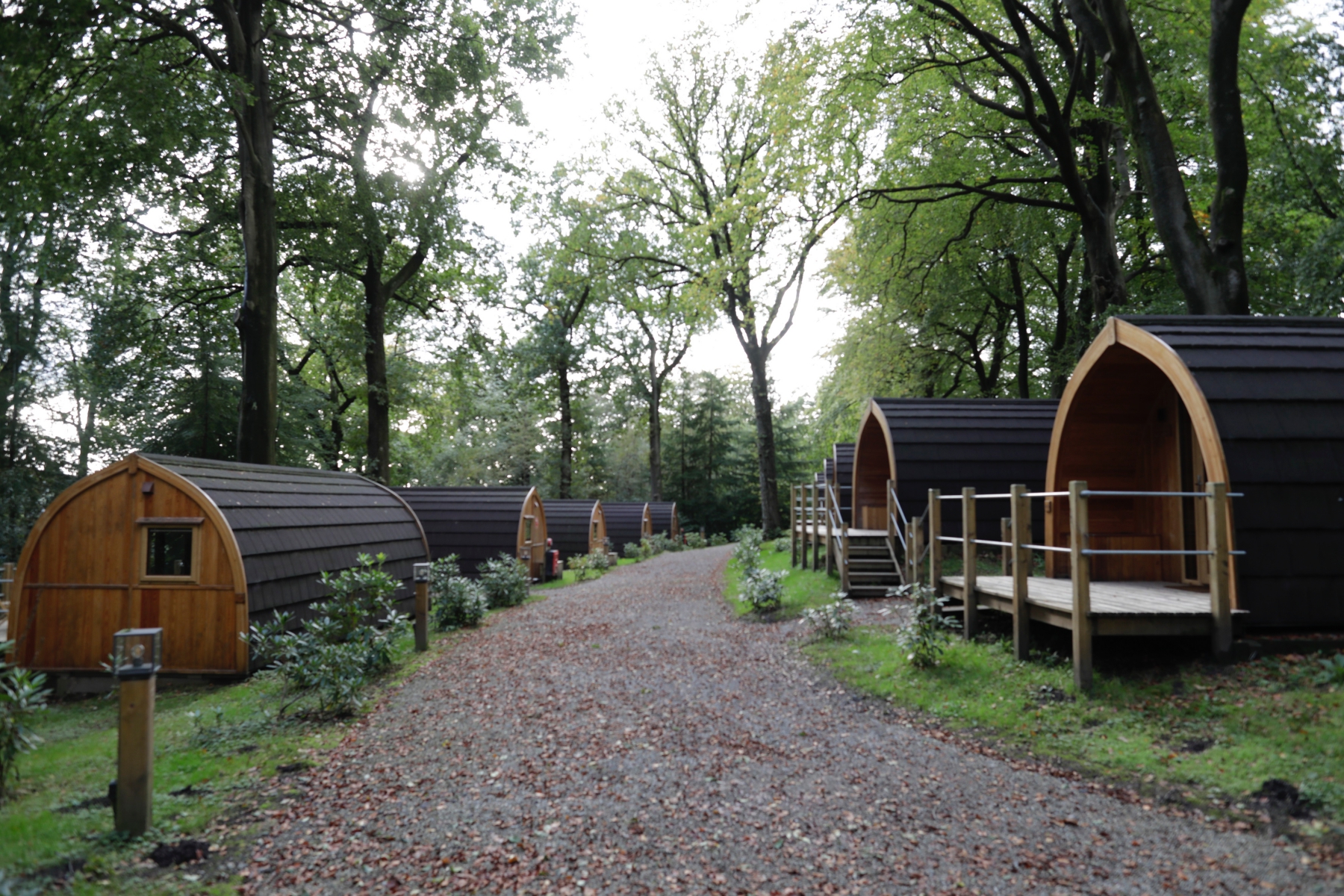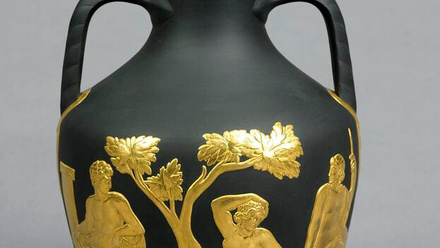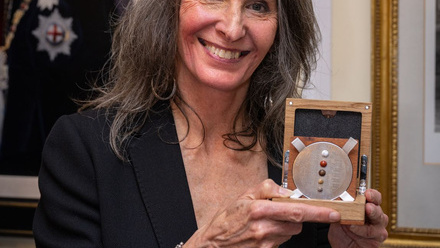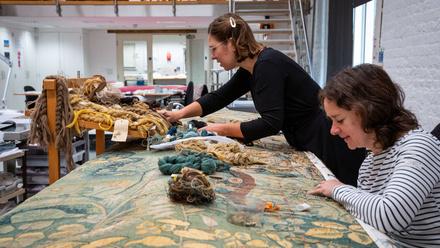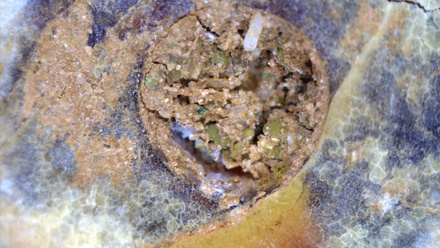Historic Houses Announces First Ever Sustainability Award Winner
Browsholme Hall in Lancashire become the first winner of a brand-new award, sponsored by Savills, to recognise and celebrate the work done by privately and independently owned historic houses in the field of sustainability.
Robert and Amanda Parker impressed the judges with the range and innovation of their projects at Browsholme, which Robert inherited from a distant relative aged just 19.
Watch a video on why Browsholme Hall won the Sustainability Award 2021
An award-winning restored tithe barn uses a ground source heat pump to keep visitors warm. By contrast, a different approach was needed at the hall, where the larger space and poorer thermal properties of the listed building, whose structure is tightly protected by law, meant underfloor heating wasn’t an option. Instead, a woodchip boiler has now made the rooms habitable, fuelled on a truly sustainable basis by cropping the managed woodland behind the house on a perpetual sixty-year cycle.
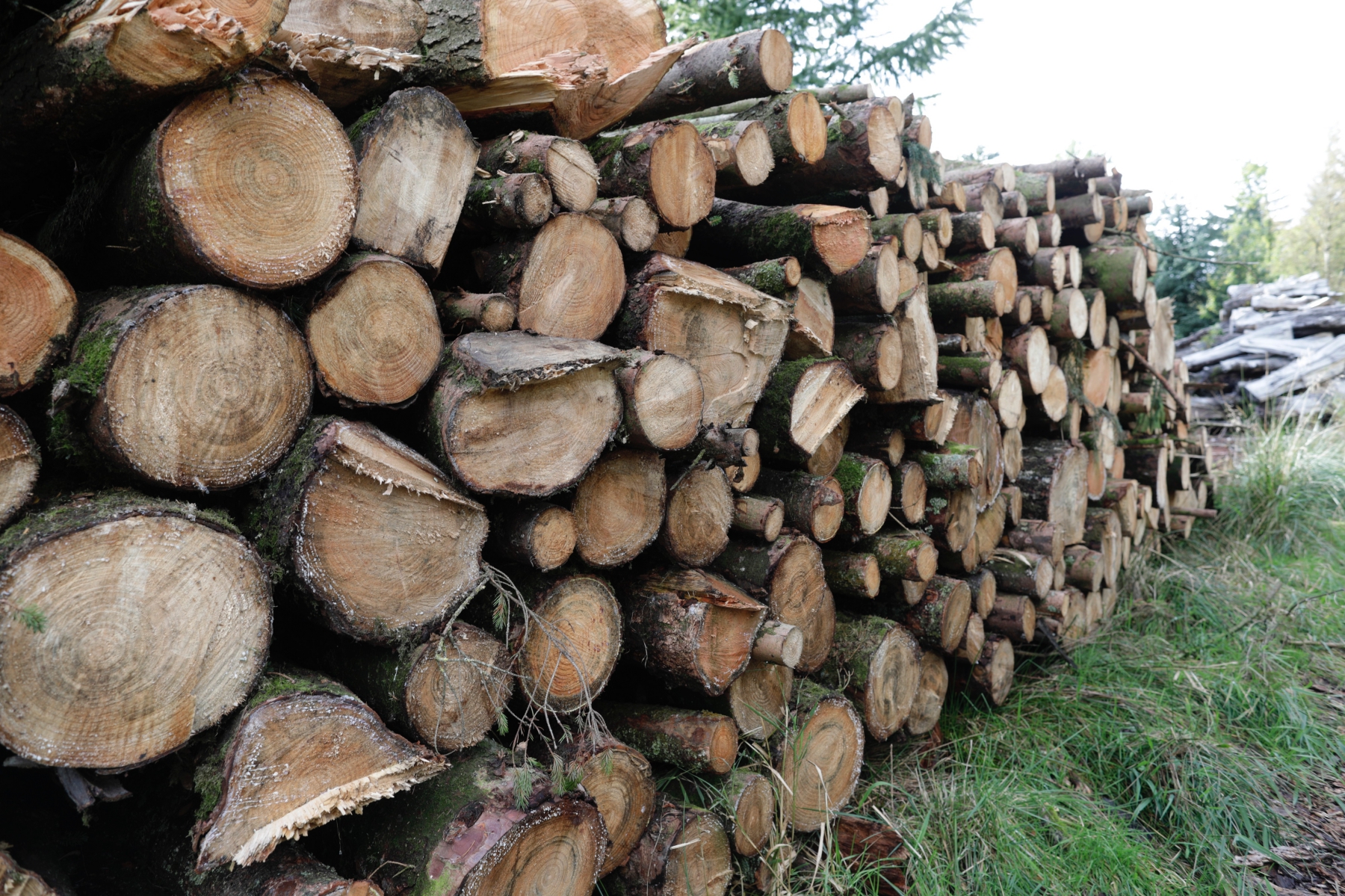
Visitors to the café near the entrance to the popular attraction enjoy a ‘Five Mile Menu’ on which most of the major ingredients from local farms and suppliers within walking distance – and some from the veg patch visible from the kitchen window. The café space doubles an education space for visiting parties of school children – including from nearby built up areas such as Greater Manchester – who learn about the diversity of species that can be found in their surroundings. Adults, too, enjoy the outdoors through ‘forest’ bathing sessions offered in the green glades of the more mature woodland.
A recent grant from the government’s Culture Recovery Fund funded repair of half the ancient stone roof, complete with modifications to protect the bat residents. The works also allowed for the insulation of the building for the first time.

The success of the hall’s commercial activities – including a selection of self-contained ‘pods’ hidden in broadleaved woodland, providing accommodation for guests with very little footprint – is crucial to funding the Parker’s sustainability efforts, but it’s also a form of sustainability itself. From just four staff in the 1970s, the house, estate and commercial operations now employ almost forty people (plus a large number of volunteers), most of whom are local. Robert and Amanda’s daughter Eleanor, who lives and works on the estate, sees providing livelihoods to people growing up in rural areas, giving them alternatives to moving to distant cities, as an important part of the contribution historic places can make to sustainability in its widest sense.
